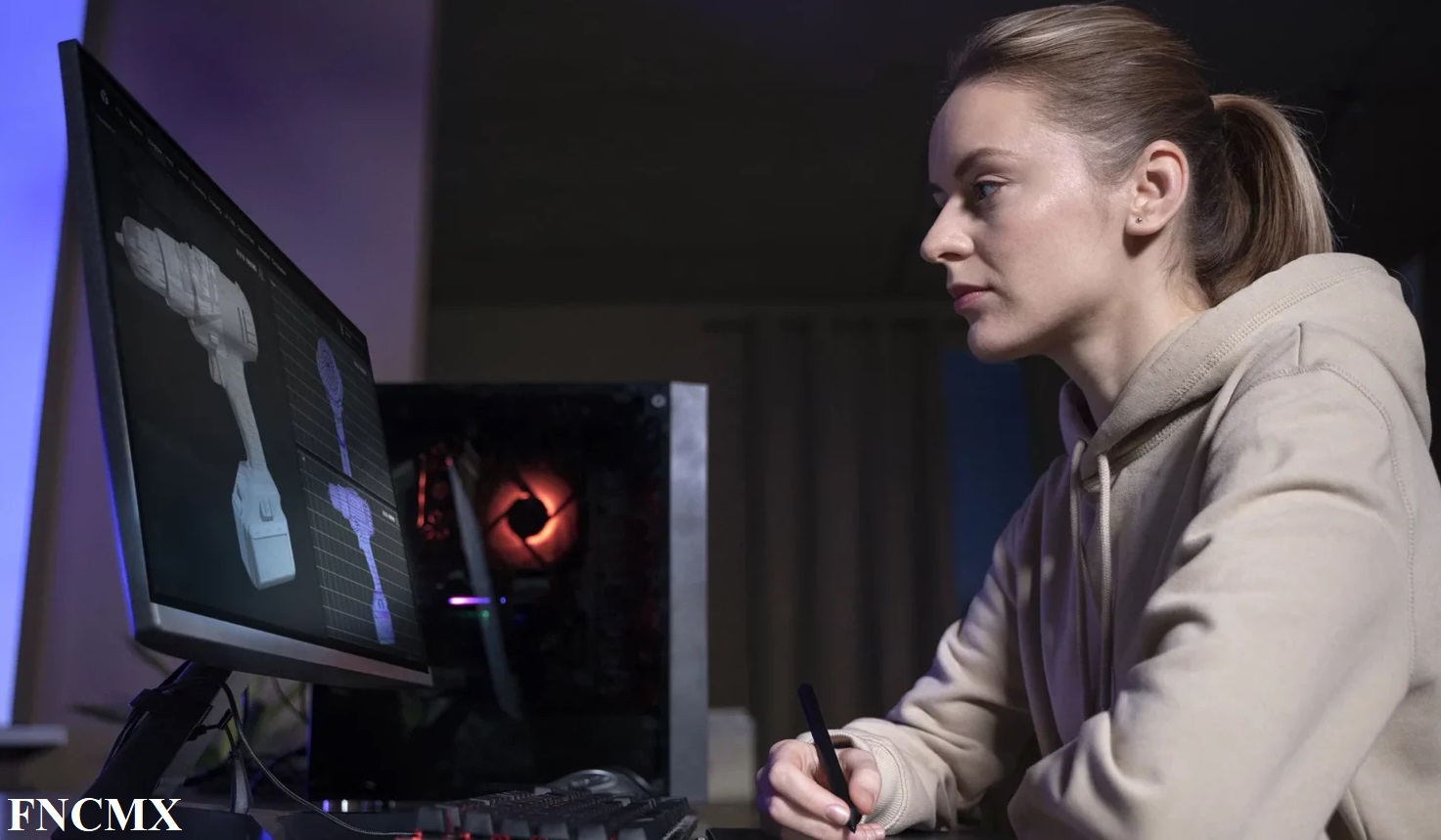With the development of technologies, computer animation is becoming more and more present in everyday life; starting from simple television commercials, through computer games, all the way to complex applications in various branches of industry. Imagining the real world in the virtual world has become increasingly high-quality thanks to the development of computer graphics.
If we go back to the distant past, we will notice that animation existed even 35,000 years ago when people painted caves trying to portray movement by drawing several pairs of legs of animals, while they drew people in motion. Later, the flipper book appeared, and its goal was to get a good enough result that would correspond to the imagined time duration of the scenes and possibly notice mistakes or drawings that require some refinement or change. Then it was the turn of the animations that “brought to life” the characters on small screens. We are slowly getting to 3D animation. Artists visualize the project idea by creating sketches, creating characters, objects, the world, the look and feel of VFX, and all the necessary elements to present the final look of the project. Concepts help shape animated films and video games. By experimenting with different styles and ideas, a satisfactory solution for the project is obtained.
Multimedia:
Multimedia is a set of content that uses at least two combinations of different content forms. The basic components of multimedia content are textual and graphic content, animation, audio content, and video content. Multimedia content, as a whole, is applied in classes for better clarification of complex concepts.
The closest description of 3D animation is a possibility to create a three-dimensional moving images and placing them in a digital environment. The process of giving movement and life to these objects is divided into three main parts: modeling, layout and animation, and rendering. Creating 3D animations is an extremely creative and highly sought-after job. If you want to become a 3D animator, you need dedication, but also constant improvement and monitoring of new technologies and work methods. This job is extremely in demand in the entertainment industry (film, TV, video games), but also in fields such as architecture, design, marketing, education, and so on. 3D modeling, one of the most complex forms of computer graphics, is the process of creating a mathematical representation of any surface of a three-dimensional object, which creates a 3D model. Through the process of 3D rendering, the resulting object can be displayed as a 2D image. By using a 3D printer, the created model can also be created as a real, physical object. Modeling can be divided into manual, in which the user shapes each object individually, and modeling which uses scanning to create a 3D animation.
Quality multimedia content:
In order to create quality multimedia content, it is necessary to know the basic principles of perception, i.e. to pay attention to balance, unity, rhythm, proportions and proportions, and the creation of the illusion of space. What is equally important is to know the way in which some content is protected, i.e. its copyright. Those who are already experienced in this business know that there are rules that must be followed even though there is a lot of digital content on the Internet. If we had to explain in a simple way what a 3D model is, we would say that it is a digital creation of an object that has an x, y, and z view. The world of animated film is not the only format in which 3D is used – there are also commercials, video games, and special effects in films. An animator uses a computer to generate a sequence of still images, which give the illusion of movement through a three-dimensional world when viewed in sequence. Considering that various photorealistic and impossible situations can be created with 3D modeling, it is important to mention that the impossible can also be simulated in raster graphics. Examples of this are photo montages and photo manipulations. Photomontage uses multiple sources of photos that it combines into one (like a collage – by cutting), and photomanipulation means changing a single photo without necessarily introducing new elements. This effect is very useful in multimedia, especially in the world of photography.
3D animation is very useful nowadays and allows businesses to communicate in a memorable and impressive way. This communication is often with clients, but it can also be internally between staff. Character animation for film, TV, and games Of course, of the uses of 3D animation, character animation is the most famous. So, the essence of animation is the movement of created objects in a three-dimensional environment. They can then be rotated and moved as they would with real objects. It is a form of digital art that can be applied in many fields.
Final thoughts
Creating 3D animation requires a lot of knowledge about art, styling, and program support, since today most studios use multiple programs, and you need to master the techniques of modeling, animating, knowing the anatomy of a character, and creatively designing a space. It also requires knowledge and skills about lighting, texture, and materials used and knowledge about the required visual effects and creative solutions.
Every day the demand on the market is growing and more and more applications of 3D technology are appearing. Some ideas that were unimaginable to us in the last century are easily realized today. With the development of technology, apart from computer animation, 3D models are increasingly used in other branches of technology, such as virtual holography and 3D printers. So, for example, a 3D model modeled in the virtual world, that is, in a computer, can become a tangible thing using a 3D printer, and be displayed as a hologram in three dimensions without the need to use 3D glasses. The fact is that modern technology is developing every day, and it is up to us to keep up with it and get the best out of it.
Related Posts:
- Discord’s Blue Willow A Refreshing Aesthetic…..
- 4th Stimulus Check 2023 : Beginner Complete Guide…
- IRS Tax Fourth Stimulus Checks In November 2023…
- One Bet Changed A Life: The Story Of A Person…
- Unlocking The Secrets To Soccer Predictions….
- European Stocks Get Lift As Lagarde Signals Pause…
- TOP CRYPTOCURNECIES…….


